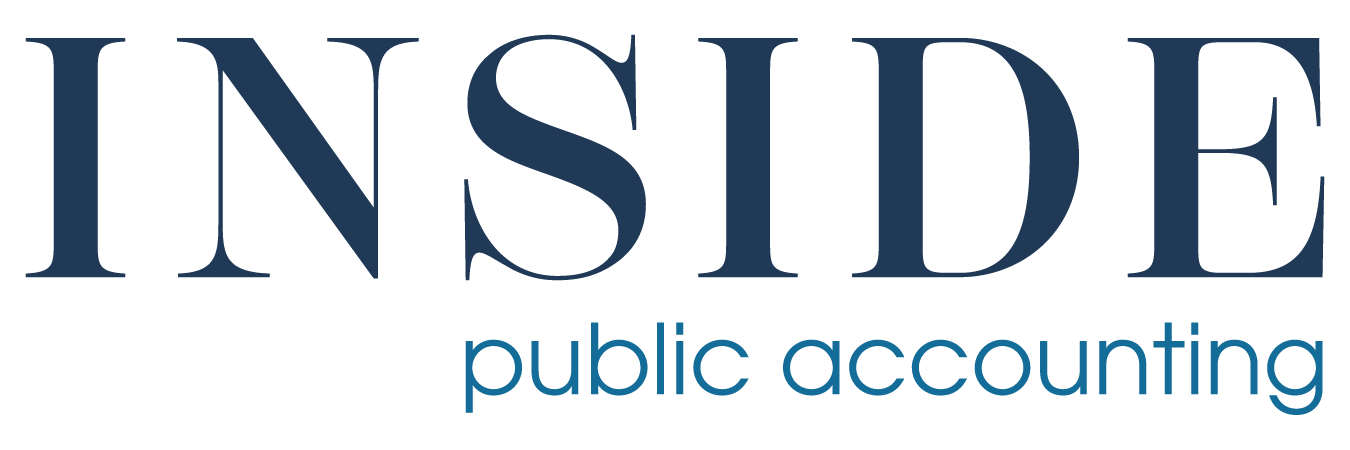
COVID taught firm leaders that the unimaginable can become reality, and that major business changes can be made in days, not years.
In many ways, everyone has learned to live with the unknown, but two innovation experts believe firm owners can do a better job of removing the fear from uncertainty by re-casting it as a window into future possibilities.
In an Oct. 4 webinar sponsored by CPA.com, those insights came from Pascal Finette and Jeffrey Rogers of be radical, a company that aims to help clients “embrace the possible, envision the long run and build what matters.”
Finette and Rogers opened their presentation by suggesting that firm leaders consider the following questions to reflect on the future-readiness of their firm today:
- What does your organization’s version of the “official future” look like? (What are the assumptions? What drivers of change are overlooked or undervalued?)
- How does your organization sense and explore a wider range of possible futures? (Where are you getting your ideas on what or may or may not be possible?)
- How do you and other leaders in your organization approach uncertainty and risk? (Is there an opportunity to embrace it?)
After interviewing more than 250 transformational leaders, Finette said, three key strategies played out in the day-to-day activities of their organizations: agility, meta-learning and narrative.
AGILITY
Though most companies seeking help from be radical believe their organizations are already agile, the reality is that typically only one part of the organization – software development – operates that way. Finance is, in fact, least likely to adopt collaborative, agile principles, Finette said, noting that it takes days at some companies to get a purchase order approved.
Some tips to improve agility:
- Pick small teams to work on projects – If the team cannot be fed with two large pizzas, it’s too big, Finette said. Any larger, and unhelpful group dynamics can creep in.
- Develop personas and user stories – Think about the essence of what your clients want. They aren’t really looking for a completed tax return, they want to make progress in their lives. Develop user stories based on their core needs and keep them at the forefront.
- Take small steps – Start with discrete changes and make iterative improvements. Finette and Rogers discussed the “drunken steps of the entrepreneur,” meaning success is not a straight line. Success comes after many failed experiments along the way.
- Communicate often – Discuss progress and milestones frequently, even daily. Routinely examine performance and look for ways to do better.
META-LEARNING
Finette and Rogers pointed out how meta-learning, or learning to learn, can move organizations forward. Accountants often pride themselves on knowing the right answer, but the “shelf life” of the right answer is always shrinking with increasing global complexity.
“Being the one who shows up with the best questions – and finding the people to help answer them – may be the most important and most effective leader at harnessing curiosity to drive innovation and better outcomes,” Rogers said.
Some tips:
- Ask the right questions –If you want to do new and different things, it takes asking new and different questions.
- Engage different perspectives – Find people who can break you out of your fixed way of thinking. A more diverse group can see different possibilities.
- Experiment to learn – Run lots of small experiments. “I can actually tell you how successful you will be in the future based on your ability to quickly iterate, fail and learn from failing,” Finette said, citing recent research from Northwestern University.
- Take time to reflect – Be very clear about the hypothesis to be tested, get a thorough understanding of why a particular experiment failed, then apply the lessons to the next attempt.
NARRATIVE
The third strategy to embrace an unknown future is to frame the journey for others. Storytelling is a powerful way to do this, Rogers said. To illustrate, he played a soundless video of triangles and circles moving around and into a box. In the hundreds of times he’s asked others to describe what they see, almost everyone sees a domestic conflict or a love triangle or a moral. No one says it’s a bunch of shapes floating around.
“At a very, very deep level we are indeed wired for story,” Rogers explained. “This is how we make sense of the world.” The lesson for leaders is to shape a narrative about navigating the unknown to discover something new. If leaders do not reach others with that story, staff will make up their own story about changes at the organization.
Narratives should:
- Speak to the firm’s purpose.
- Share a preferred future.
- Include everyone in the firm.
- Embrace open-ended discovery
People like stories to have a neat ending, “but you have to articulate a story that makes people excited about discovering the end with you.”
